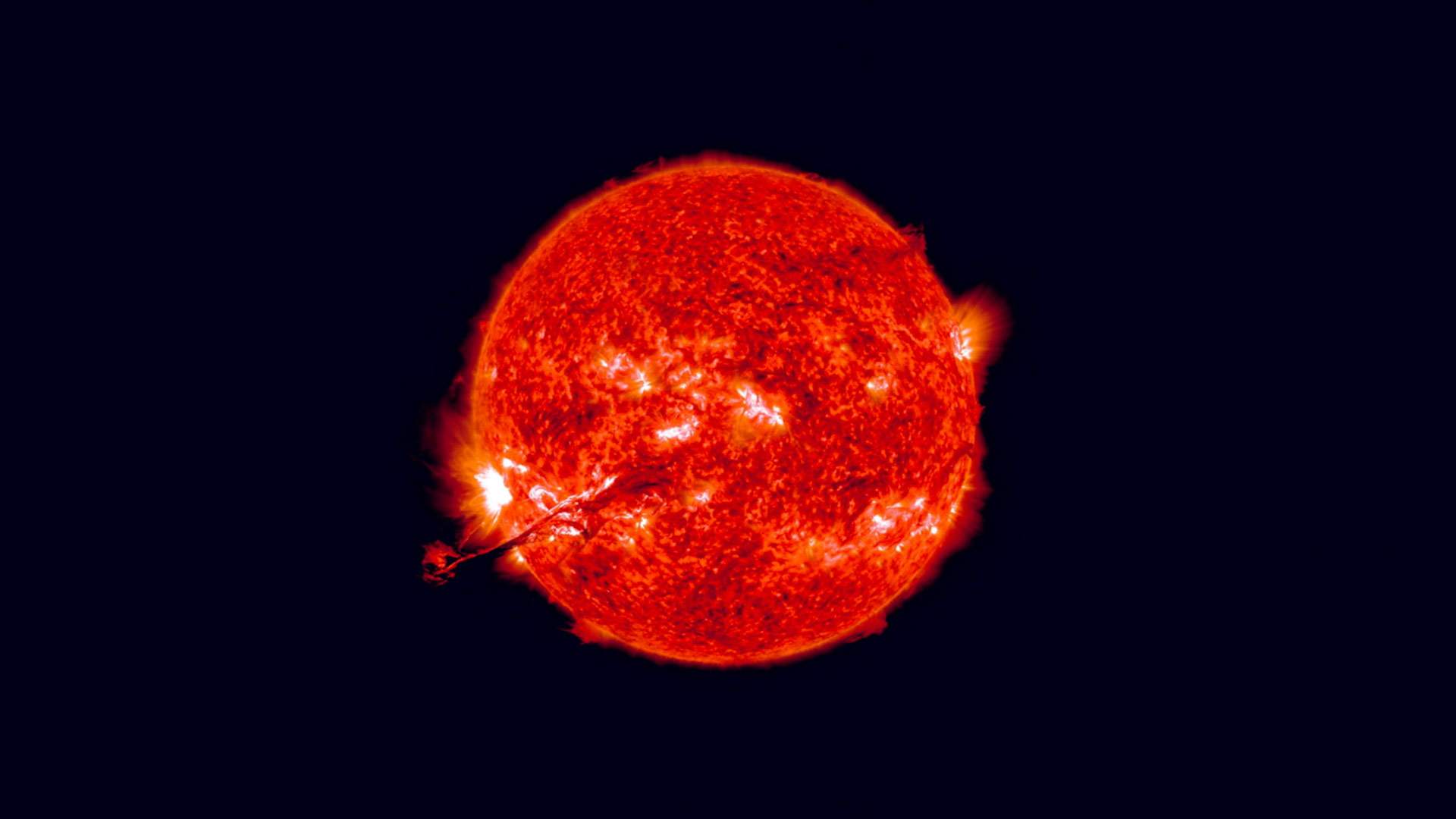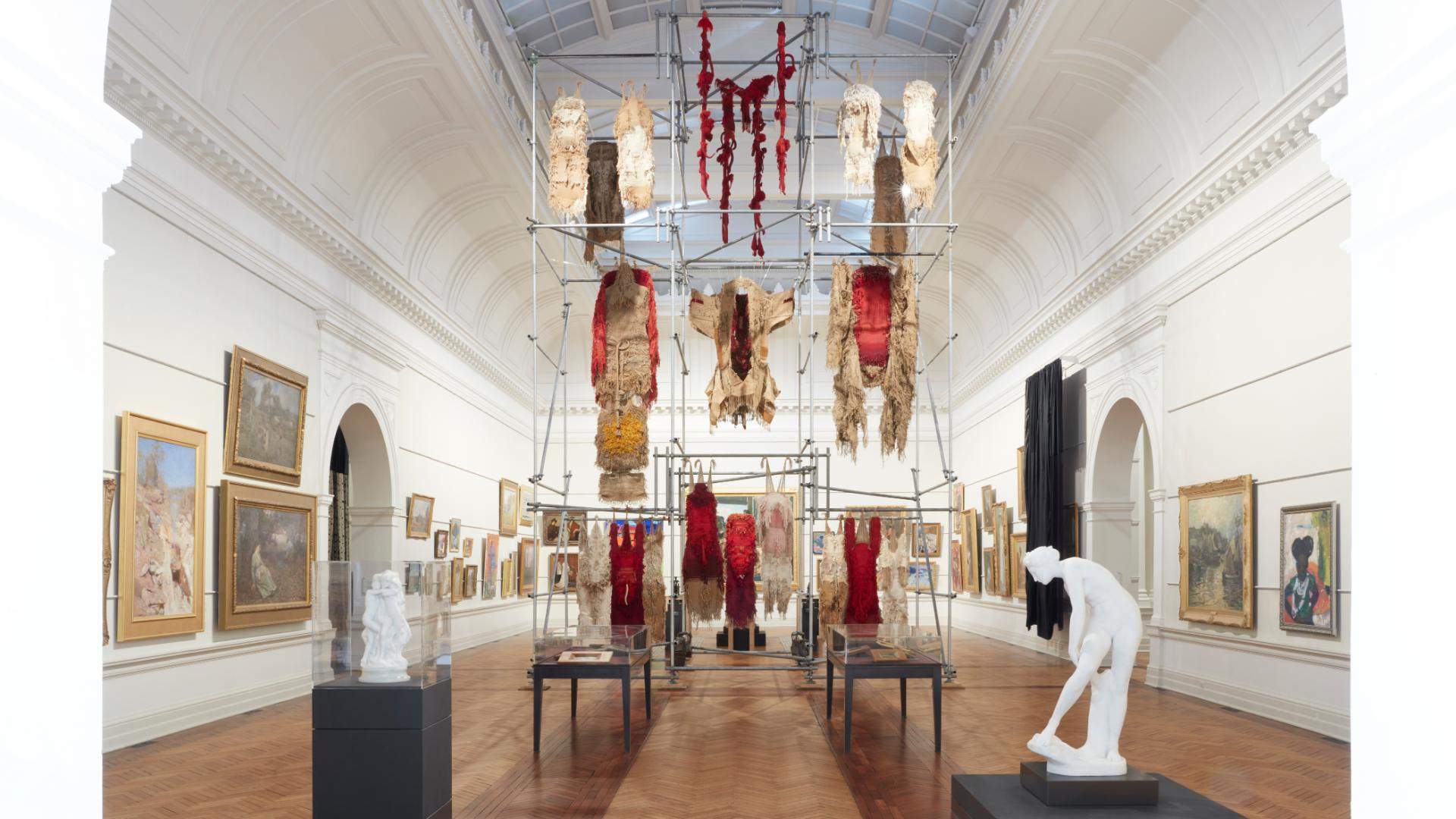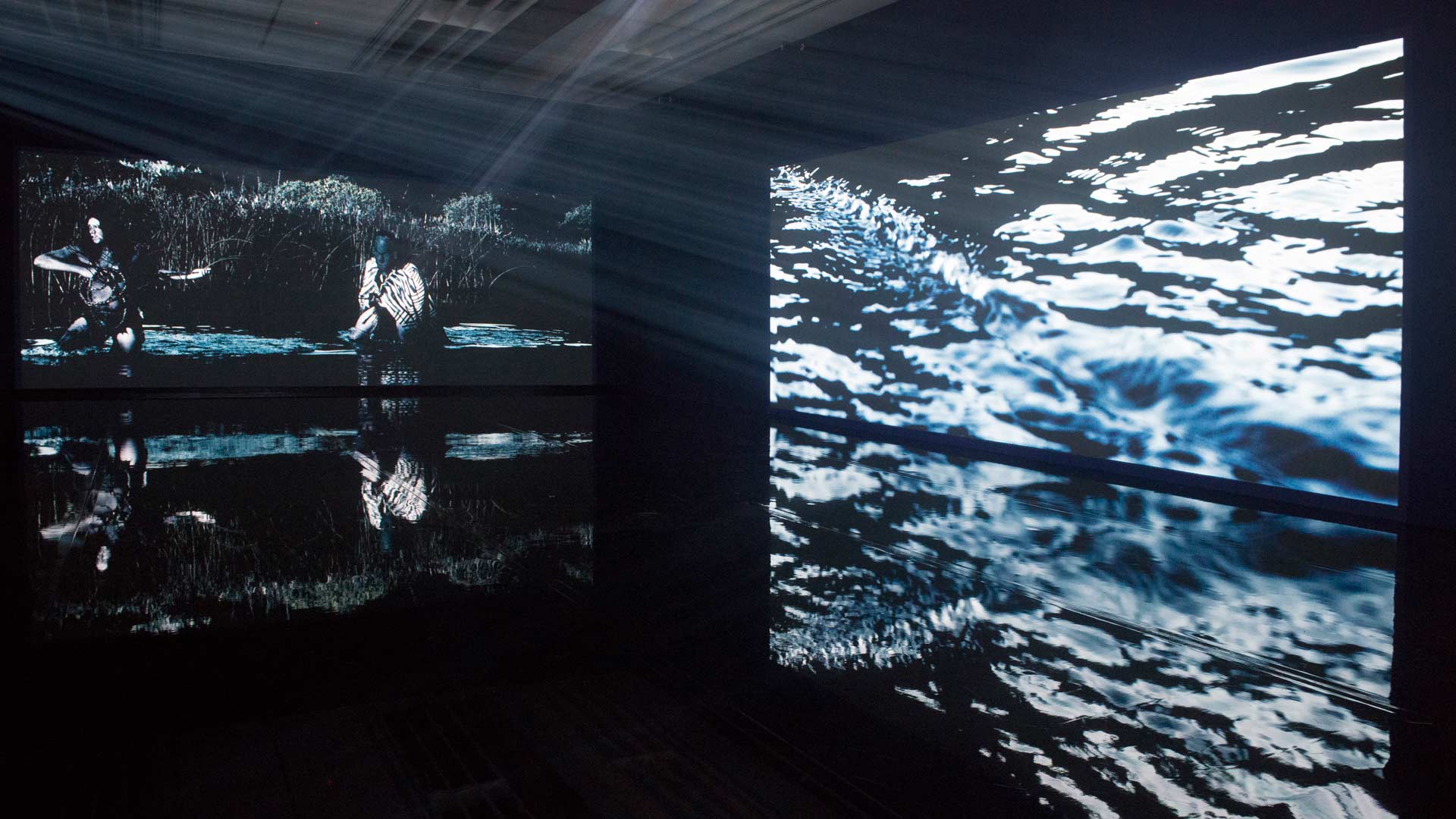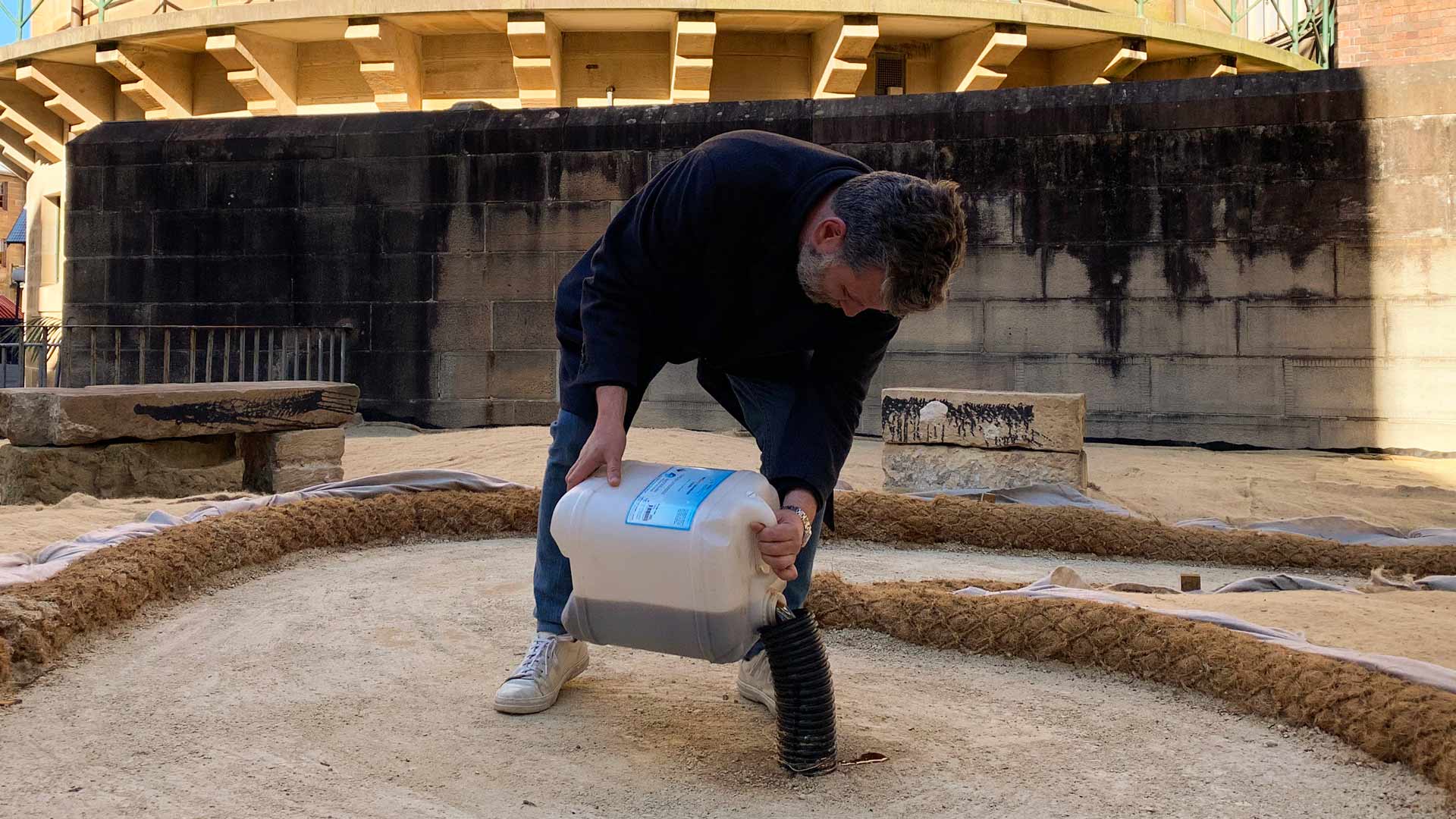The 22nd Biennale of Sydney Will Reopen Its Citywide Arts Festival in June
The festival was forced to close because of COVID-19 just ten days after opening, but now it's back.
After a tumultuous start to the year, Australia's arts and cultural industries are slowly starting up again. Over the past few months, the Australian Government's ban on non-essential gatherings, social distancing rules and the mass closure of indoor venues saw many major events around the country cancelled or postponed. One such event was the acclaimed 22nd Biennale of Sydney, which opened on March 14 and closed only ten days later. Now, the citywide free arts festival has announced it'll be kicking off (again) from June 16, following the reopening of NSW art galleries, museums and libraries on June 1.
This year's lineup of 100-plus artists are examining a poignant issue close to the heart of Australia: First Nations sovereignty and intergenerational trauma. The 2020 Biennale is entitled Nirin, which means 'edge' in the language of western NSW's Wiradjuri people. The theme is timely, for two reasons: the 2020 blockbuster falls on the 250th anniversary of Captain Cook's voyage to Australia — and it will be helmed by a new First Nations artistic director, famed Sydney-born, Melbourne-based interdisciplinary artist Brook Andrew.
In a statement announcing the festival's reopening, Biennale of Sydney's Chief Executive Officer Barbara Moore said, "now, more than ever, we need art to connect, collaborate and heal – all core themes of Nirin."
Andrew has selected an impressive lineup of artists and creatives — many of them First Nations — from around the world to exhibit at the Art Gallery of NSW (June1–September 27), Woolloomooloo's Artspace (June 1–September 27), Campbelltown Arts Centre (June 1–October 11), Cockatoo Island (June 16–September 16) and the MCA (June 16–September 6). The National Art School, which was originally part of the program, will remain closed to the public for the foreseeable future, so the Biennale is currently looking to relocate its works to a new space.
On the lineup, you'll find the Southern Hemisphere premiere of Arthur Jafa's Golden Lion-awarded work The White Album, Wiradjuri artist Karla Dickens's immersive work symbolising the disproportionate number of incarcerated Indigenous Australian women and a large-scale political protest piece by Pitjantjatjara artist Kunmanara Mumu Mike Williams (who passed away last year).

Arthur Jafa, Still from The White Album (2018). Photo courtesy the artist and Gavin Brown's enterprise, New York/Rome; commissioned by the University of California, Berkeley Art Museum and Pacific Film Archive (BAMPFA). © Arthur Jafa, 2018
Cockatoo Island will be home to a wide range of works, including Ghanaian-born artist Ibrahim Mahama's sprawling installation of coal sacks; Tony Albert's interactive greenhouse, where you'll be invited to write and plant messages; and Tlingit/Unangax̂ artist Nicholas Galanin's excavation work that'll 'dig up' the land beneath the shadow of Hyde Park's Captain Cook statue. Elsewhere, Ahmed Umar's ceramic sarcophagus will be shown at the MCA; DJ Hannah Catherine Jones will perform an audiovisual work inspired by pop-culture, poetry and provocative imagery; Andrew Rewald's evolving community garden will take over NAS; and Leisa Reihana's multi-channel video installation and film will explore the history of Māori and South Pacific Islander peoples.
During its physical hiatus, Biennale of Sydney launched a digital program, which will continue. Nirin Wir — a program of free and ticketed events taking place all over the city, from the Blue Mountains to La Perouse — has been postponed until further notice.
The 22nd Biennale of Sydney will now officially run from June 16–September 6 2020. The Nirin exhibitions are free. While Nirin Wir is postponed, you can catch the digital program here.
Top images: Josep Grau-Garriga 'Retaule Dels Penjants and Màrtir', installation view (2020) in the Grand Courts at the Art Gallery of New South Wales, photograph by Zan Wimberley; Lisa Reihana 'Tai Whetuki - House of Death Redux' (2016) at The Walters Prize, Auckland Art Gallery; and Andrew Rewald 'Alchemy Garden'.







